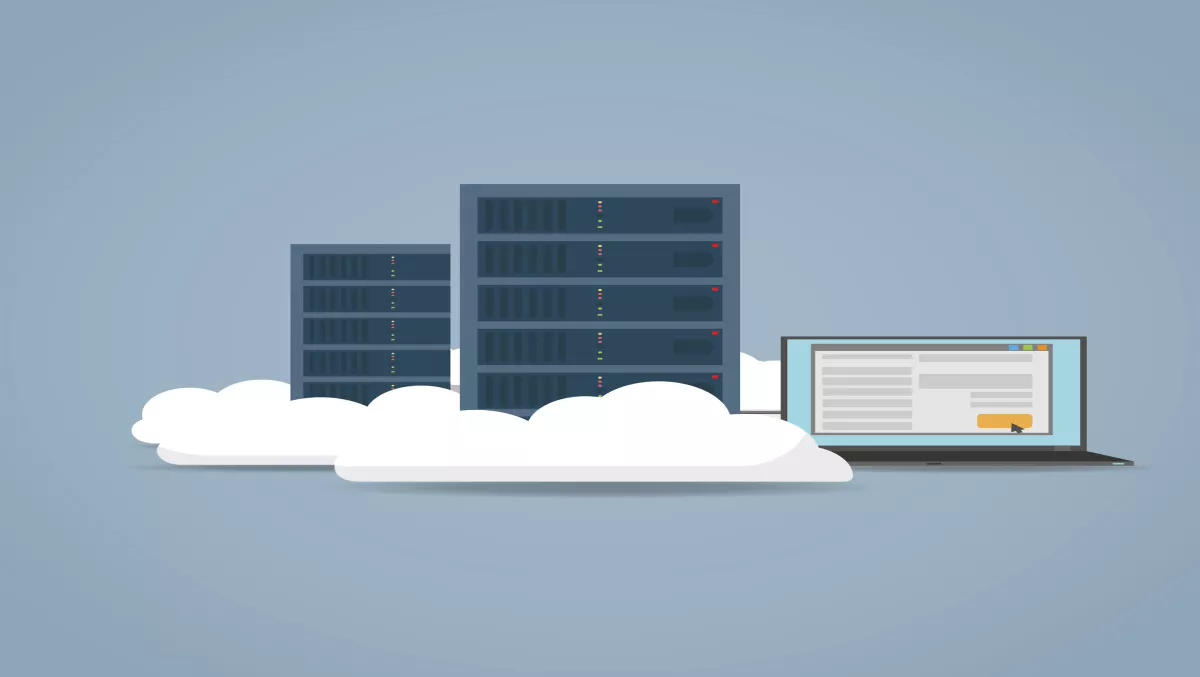
What’s the appeal of cloud-based DCIM for data center monitoring?
Data centers were established to meet the data processing, storage, networking and communications needs of the digital age.
But it has been widely recognized that data (the very thing on which the industry is based) holds the keys for improved data center operations, and to meet a range of goals – from capacity utilization to energy efficiency and availability.
The recent introduction of cloud-based, data center infrastructure management (DCIM) services for facility monitoring is proving to be a game-changing innovation for facilities management.
Initially a response to the proliferation of edge data centers and the requirement for always-on connectivity for a new generation of internet service users, cloud-based DCIM is growing in stature as a fast lane approach to on-premise DCIM monitoring capability.
Underlying this growing appeal, there are threefold reasons:
1. Cloud-based DCIM meets the needs of a wide range of applications including Edge Data CentersAs more applications are outsourced, a hybrid approach to data center environments has emerged in which edge data centers and the resources they host have become more business critical.
Typically, edge data centers are co-located with their primary customers and have tended to be under-invested from a design and redundancy point of view.
Cloud-based DCIM steps into this story because it is quick to deploy, low cost (starting at free) and requires no more than a software download plus a smartphone app for users to begin to get remote monitoring and real-time insights into the data center.
Whilst in the past, the cost and complexity of instrumenting a data center was a speed bump in the road for full, on-premise DCIM deployments, cloud versions are able to utilize data from ubiquitous temperature sensors for a fast track to value.
2. Big data and analytics are key to both understanding the physical layer and better decision makingAs more and more data centers are connected to cloud-based DCIM, more and more data from more diverse manufacturers' equipment, in a greater range of conditions, is accumulated into a data lake.
Whilst the data is tagged and anonymized for privacy reasons, analytics can be applied which can be turned into customized recommendations to improve data center performance.
From a big data point of view, cloud-based remote monitoring brings advantages that point monitoring solutions can't match.
3. Data analytics will move us towards predictive maintenance through condition based servicesTraditionally, to meet warranty requirements, the maintenance of physical infrastructure equipment has been carried out using an arbitrary calendar timetable, guided by "average conditions", or on a break-fix basis.
None of these are optimal approaches. Besides, research supports the idea that not only is the primary cause of downtime human error, it often occurs during routine maintenance procedures, often from needless parts replacements.
As connected services amass data about equipment in a range of operating conditions, cloud-based DCIM becomes more intelligent about maintenance requirements according to use and environment.
At the same time, analyzing data from a wider pool offers the possibility of more granular guidance, e.g., about the likelihood of failures, the conditions surrounding an outage, or the requirement for spares holding.
In any event, the cloud-based approach to data center maintenance and repair gives the facility manager more choice and more control.
The appeal of cloud-based DCIM is tied to a central tenet of best practice data center operations; monitoring. Without monitoring, there's no benchmark for improvement and therefore no chance of optimizing data center capacity and resources.
However, cloud-based DCIM makes it low-cost and pain-free to experience and benefit from the data-driven approach.
Article by Damien Wells, Schneider Electric Data Center Blog

